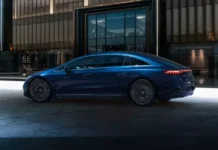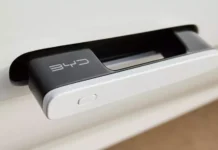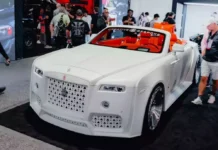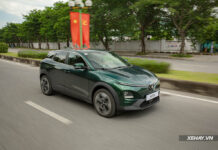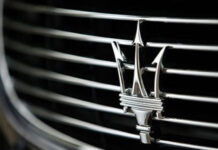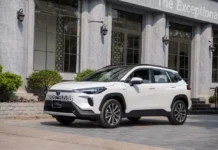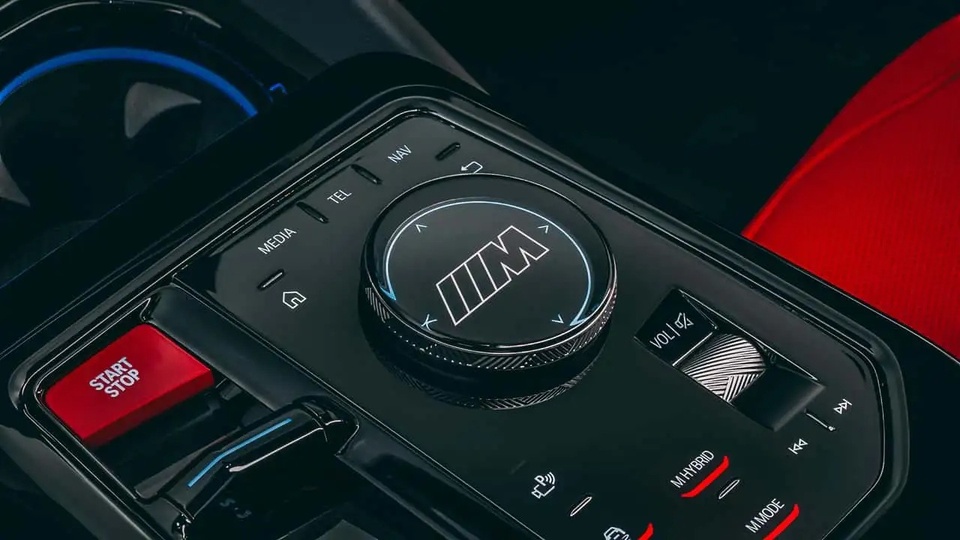
|
Amidst the rise of large central touchscreens, one automaker persists in equipping its vehicles with a physical rotary dial on the center console. Brands like Audi, Mercedes, Mazda, and a few others have incorporated a rotary controller on the center console to manage infotainment functions.
However, Audi and Mercedes have long transitioned these controls entirely to touchscreens, and the new-generation Mazda CX-5 indicates that the Japanese automaker is also phasing out the physical rotary dial from its center console.
According to Motor1, BMW pioneered the use of this physical rotary dial when it introduced iDrive on the 7-Series in 2001. Initially criticized for its complexity, iDrive has since become a benchmark for in-car infotainment systems.
Over time, BMW refined iDrive, transforming it into one of the most intuitive automotive infotainment systems. While entry-level models like the X1 and 2-Series Gran Coupe have dropped iDrive, the rotary dial remains a staple in most other BMW vehicles.
Motor1 notes that touchscreens are ideal when the vehicle is stationary. However, during driving, the rotary dial offers a more convenient and safer way to adjust settings.
BMW’s current iDrive rotary dial can rotate 360 degrees in both directions, tilt forward/backward, left/right, and be pressed to select options.
|
|
BMW has also enhanced user experience with shortcut buttons surrounding the iDrive dial. While not replicating the tactile feel of physical buttons, these touch-sensitive shortcuts significantly streamline interaction with the system.
Nevertheless, the iDrive rotary dial’s days appear numbered. BMW’s upcoming electric Neue Klasse models, starting with the iX3, are expected to eliminate the physical infotainment controller, as evidenced by recent prototypes.
Great Books to Read in Your Car
Our Automotive section brings you a curated selection of captivating books across various genres. Whether you’re on a long journey or taking a brief break, these reads make for the perfect companions during your travels.
The Ultimate Driving Machine: BMW Electric Cars to Feature Massive Displays
BMW is set to unveil its latest iDrive system with a massive display at the upcoming Consumer Electronics Show (CES) 2025. This new iDrive system promises to revolutionize the in-car experience, offering an immersive and intuitive journey for drivers and passengers alike. With a focus on innovation and a sleek, modern design, BMW is once again pushing the boundaries of automotive technology and setting a new standard for the industry.



